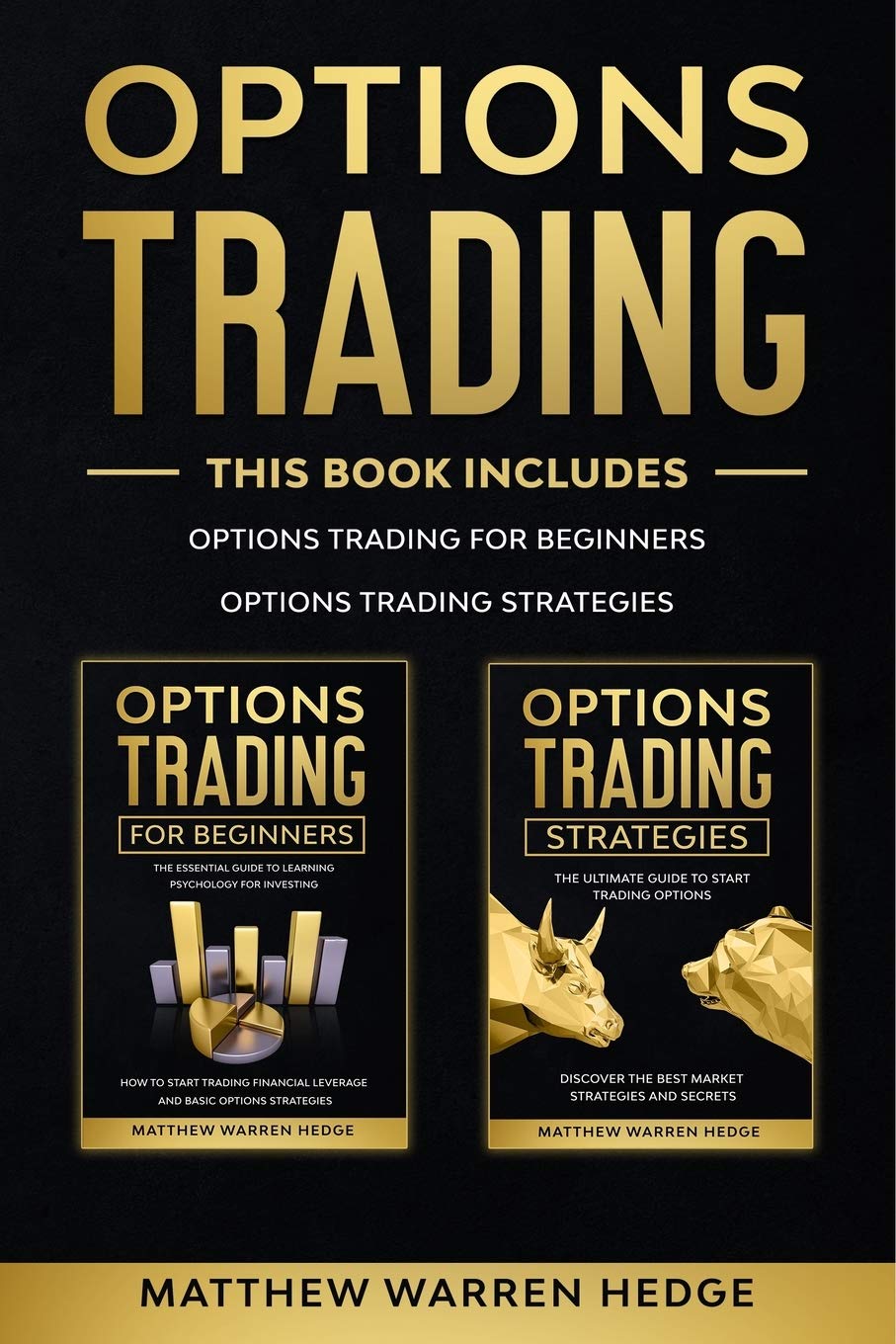Introduction
In the realm of investing, options trading offers a captivating blend of opportunity and complexity. Embarked upon by countless investors seeking to augment their financial prowess, options present an avenue for unlocking a vast array of strategic possibilities. This comprehensive guide will delve into the intricacies of options trading, illuminating the concepts, strategies, and pitfalls involved to equip you with the knowledge needed to navigate this enigmatic market with confidence.

Image: www.stockpathshala.com
Options, in the financial lexicon, can be likened to contracts that bestow upon the bearer the right, but not the obligation, to either buy (in the case of a call option) or sell (in the case of a put option) an underlying asset at a predetermined price (the strike price) on or before a specified date (the expiration date). These multifaceted instruments empower investors to speculate on the future price movements of assets, hedge against risk, or generate income through premium collection.
Navigating the Basics of Options Trading
To embark upon the journey of options trading, a firm grasp of the fundamental concepts is paramount. An option is characterized by several key elements:
- Underlying Asset: This refers to the security or asset (e.g., stock, index, currency) whose price the option is based on.
- Strike Price: This represents the predetermined price at which the holder of the option can buy or sell the underlying asset.
- Expiration Date: This is the date on which the option expires, rendering it worthless if unexercised.
- Call Option: Grants the holder the right to buy the underlying asset at the strike price on or before the expiration date.
- Put Option: Confers the right to sell the underlying asset at the strike price on or before the expiration date.
- Premium: This is the price paid to acquire an option contract, representing the time value (extrinsic value) and intrinsic value (if any) associated with the option.
Understanding Options Strategies
The strategic possibilities in options trading are vast, with each strategy tailored to specific market conditions and risk tolerances. Among the most prevalent strategies are:
- Covered Call: Selling a call option while owning the corresponding number of shares of the underlying asset, aiming to generate income while limiting risk.
- Cash-Secured Put: Selling a put option while holding cash equal to the strike price, targeting premium income with a higher risk of being assigned to deliver the underlying asset.
- Protective Put: Buying a put option to hedge against a long position in the underlying asset, providing downside protection at the cost of a premium.
- Bull Call Spread: Purchasing a call option with a lower strike price and selling a call option with a higher strike price, anticipating a moderate rise in the underlying asset’s price.
- Bear Put Spread: Selling a put option with a lower strike price and buying a put option with a higher strike price, expecting a decline in the underlying asset’s price.
Risk Management in Options Trading
While options offer substantial potential rewards, it is imperative to acknowledge the inherent risks involved. Prudent risk management practices are essential to mitigate potential losses and preserve capital.
- Understand the Risks: Familiarize yourself thoroughly with the risks associated with options trading, including the possibility of losing the entire premium paid and more.
- Define Your Strategy: Clearly outline your trading strategy before executing any trades, defining entry and exit points, profit targets, and risk tolerance.
- Manage Position Size: Limit the size of your options positions relative to your overall portfolio, avoiding excessive concentration in any particular trade.
- Monitor Market Conditions: Stay abreast of market news and events that could impact the underlying asset price, adjusting your positions accordingly.
- Use Stop-Loss Orders: Consider implementing stop-loss orders to limit potential losses in the event of adverse price movements.

Image: www.anshbookstore.in
An Investor’S Guide To Trading Options Guide To Money
Conclusion
Options trading presents a compelling opportunity for investors seeking to enhance their financial flexibility and potential returns. However, success in this domain necessitates a comprehensive understanding of the concepts, strategies, and risk management techniques involved. Embark on this journey with knowledge and prudence, leveraging this guide as your compass through the intricate landscape of options trading. The path to financial empowerment lies not only in accumulating wealth but also in navigating market complexities with confidence and purpose.






